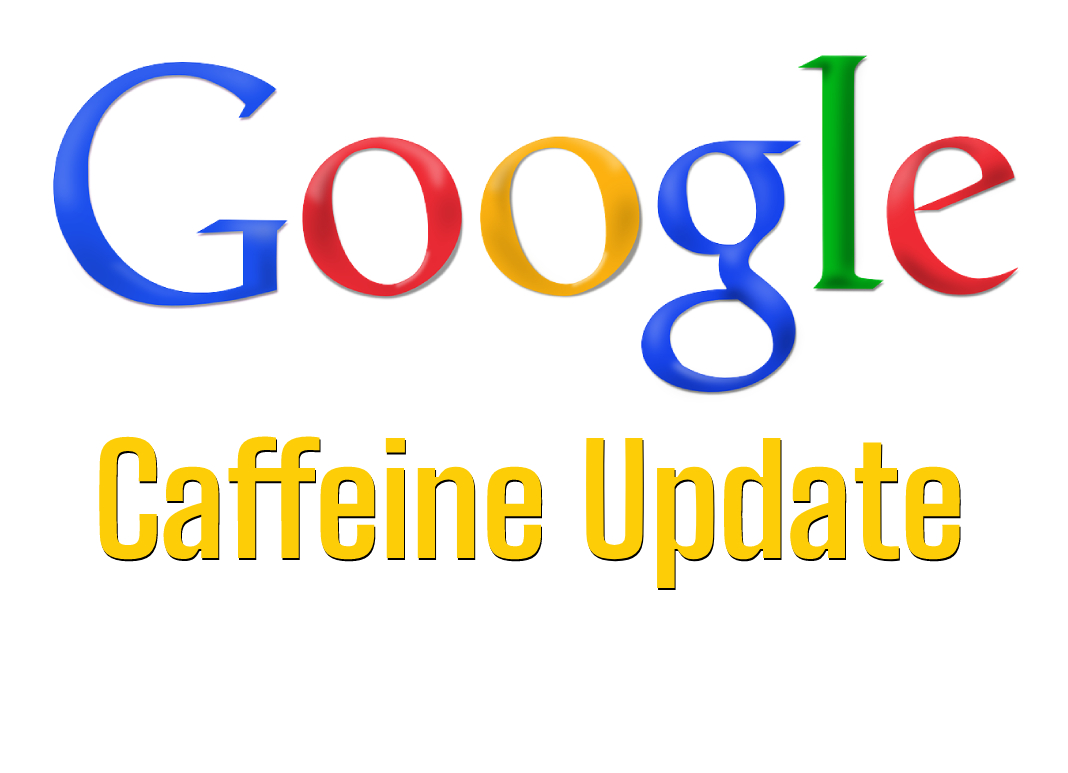Google’s search index had numerous levels before the infrastructure overhaul. The whole web has to be studied to make a shift. There was a significant time lag between the discovery of the page and its inclusion in the search results.
Since its inception in 2000, the score has been updated just four times per four months on average. The index frequency was extended to once per month by the end of 2001. Caffeine’s crawling and indexing procedures are progressive and ongoing. Each website may be crawled and included in the index immediately after publication.
Update To Google’s Infrastructure: Caffeine
The algorithm has been an important topic in most of Google’s recent revisions. Whether it’s Florida, Panda, Penguin, Hummingbird, or even the Fred Update, they all define the parameters for ranking. To fit into the succession of these names, Google Caffeine is just a partial match. Finally, indexing resulted from a complete overhaul of internal procedures and workflows. Because of this, there were several causes. For starters, Google has to figure out how fast the Internet and its content are evolving. On either hand, growth has exceeded the search engine’s expectations.
Caffeine was mainly necessary due to the fundamental changes from 2009 through 2010. Every day, hour and minute, there was fresh material instead of static sites that were seldom updated. New information was delivered to consumers through dynamic content, such as live updates and RSS feeds. At this time, the indexing process was set up to guarantee that Internet pages were updated relatively seldom.
What Was The Google Experience Like Following The Initial Google Caffeine Update?
Well before Google Caffeine Update, the index had several different levels. Some shifts received more frequent updates than others. A thorough search of stored web pages in the group was required to update this kind of layer or level. There were occasions when a page was kept in one of the tiers for a lengthy amount of time before it was scheduled for inclusion in SERPs, which resulted in a delay in its inclusion.
Over time, Google has already lowered the intervals for an update from four months to one month. To compensate for the constant additions to the web, it was not uncommon for new sites to appear in search results months after they were first submitted for inclusion. Additionally, dynamic material that was produced on previously indexed websites was also affected by this rule.
The Google Caffeine Patch was intended to rev up the search engine’s energy levels. Eventually, all data centers will be able to give findings at once. The search engines also have to place a high value on up-to-date material. This became especially apparent when the search tool could not provide the searcher with the most up-to-date information in the case of current occurrences. The Google Caffeine Upgrade dramatically altered how web pages get indexed, and it is also functioning in this form today.
An Index That Is Open To Fresh Information And Social Media
Google Caffeine’s update included several new features for consumers to enjoy. On only one hand, sites that were just getting started and we’re looking to establish a presence might suddenly be seen in search results as well. There was no need to wait months or even years for the first results of search engine optimization. However, dynamic and fresh material was shown to be the most critical factor. The Youtube Caffeine Update laid the groundwork for Google News and the presentation of up-to-date material in organic search results.
One of the most significant innovations was the inclusion of social networks in the index. Until now, they have been primarily undocumented. When Facebook reached its peak popularity in 2010, the Internet was under control. After initially being apprehensive, Google eventually launched its social network, Google Plus. But the Caffeine Update enabled the index to capture social media material for the first time.
This was also a benefit to the users, who could monitor the progress of these sites in this manner. One of Google’s guiding principles in this area is SERP Redesign Updates to keep consumers inside the Google Ecosystem rather than directing them to other sites. One of those concepts is to lower the rankings of Twitter and Facebook while increasing the ranks of YouTube on Google’s search results page.
According To Caffeine, SEO Should Be Used Appropriately
Google Caffeine did not affect the algorithm directly since it was an upgrade to the infrastructure rather than the algorithm itself. On the other hand, the new dynamization of material has ushered in a new era. The dynamic crawlers have a preference for websites that have frequent updates or fresh material uploaded regularly. There were ways to ensure fresh articles on your page were published correctly. However, it is still acceptable to employ a combination of constantly updated material, effective use of social networking sites, and ongoing publishing to achieve success.
In any event, the Google Coffee Update has fundamentally altered the way we interact with Google. The search engine is ready to take on the next ten years. No one knows what will happen in 2020 or the next ten years.
Conclusion
When it comes to various businesses like news and job posting, a search engine’s ability to quickly crawl, render, and index is critical. Google Caffeine Update demonstrates this. Crawlers and systems in search engines will benefit from the Caffeine Update since it simplifies crawling, displaying, and indexing. Google spending millions of dollars rebuilding its infrastructure and expanding its databases might be a poor quality signal for local SEO Melbourne since it creates a higher indexing cost than its rivals.










